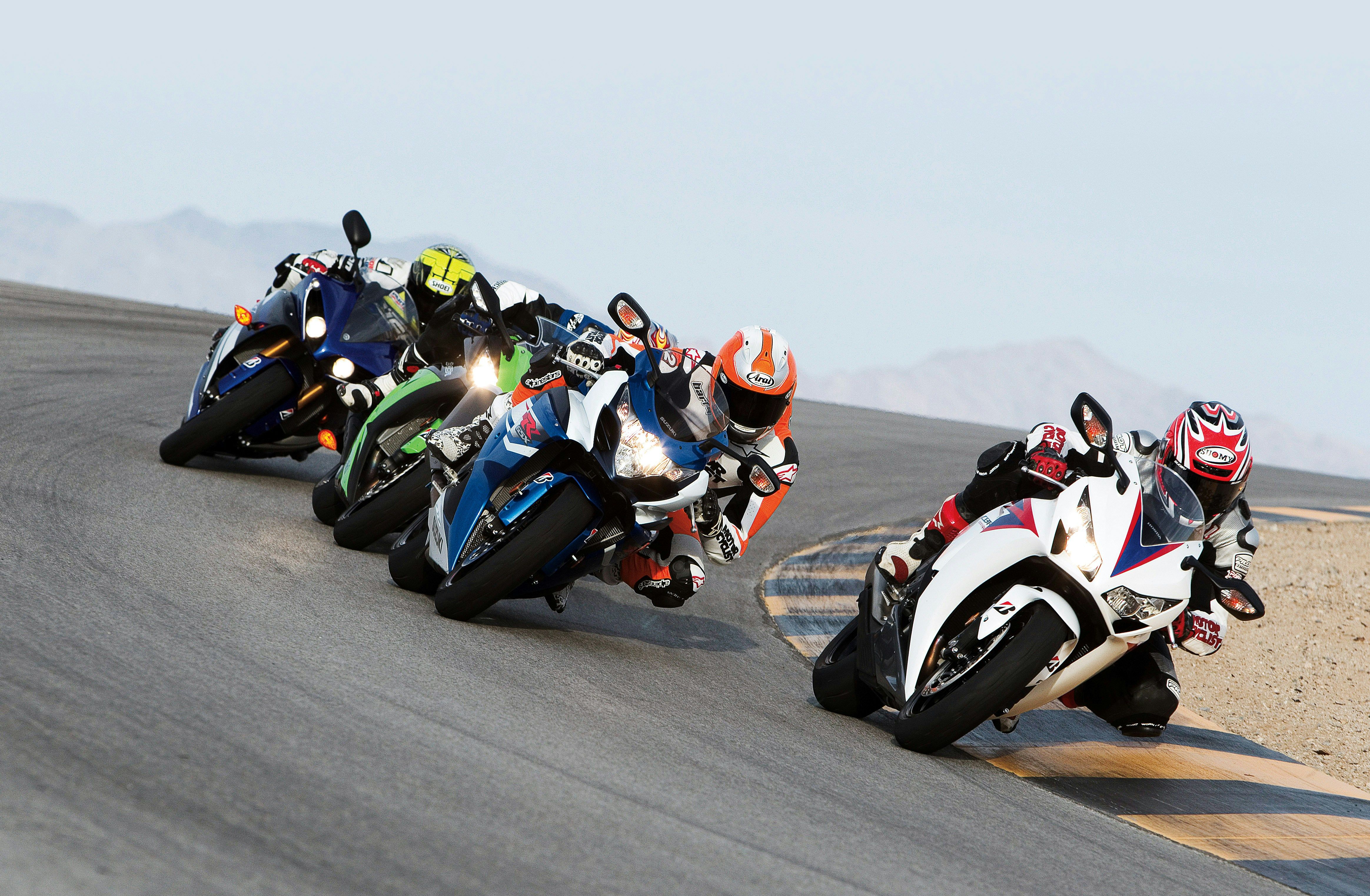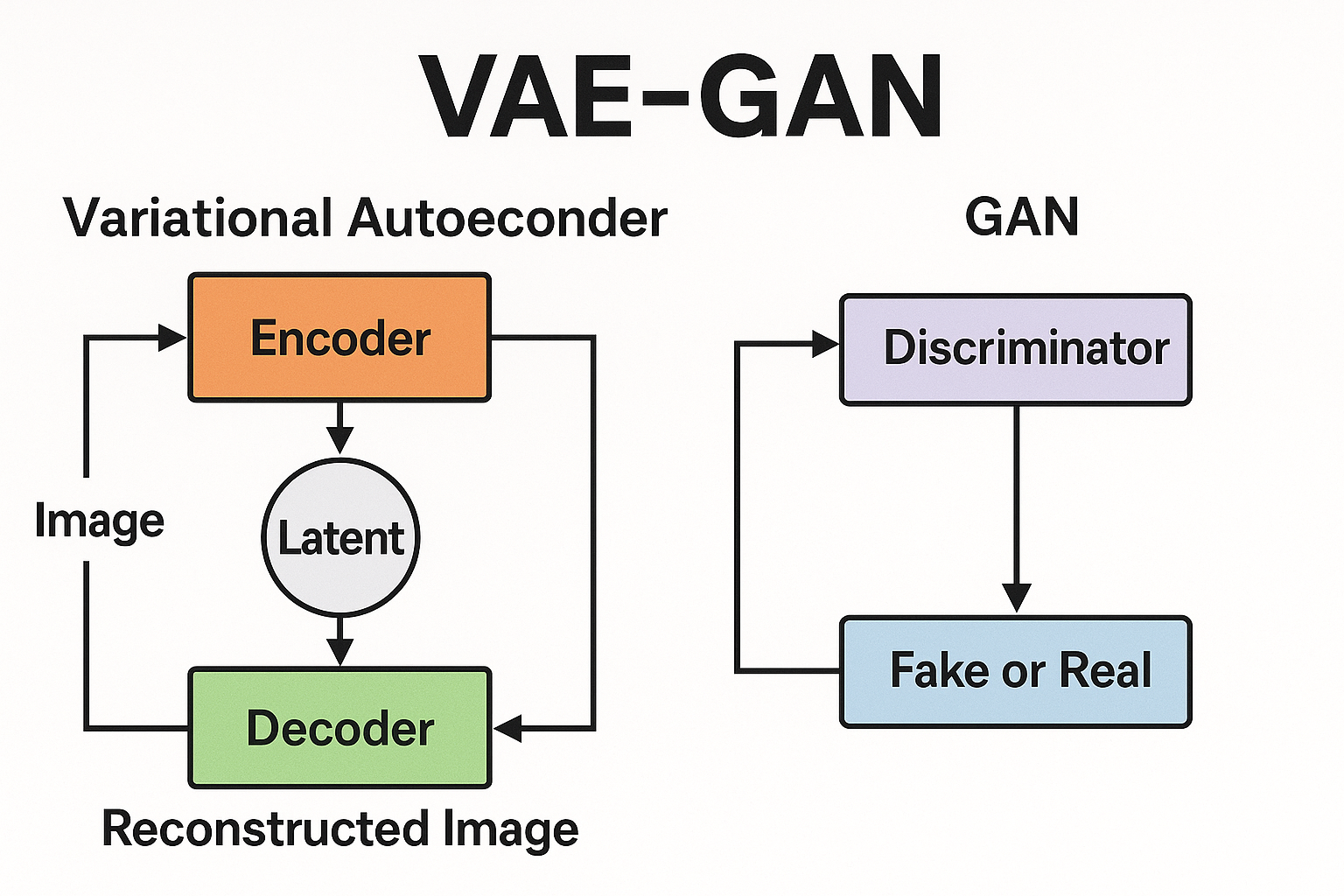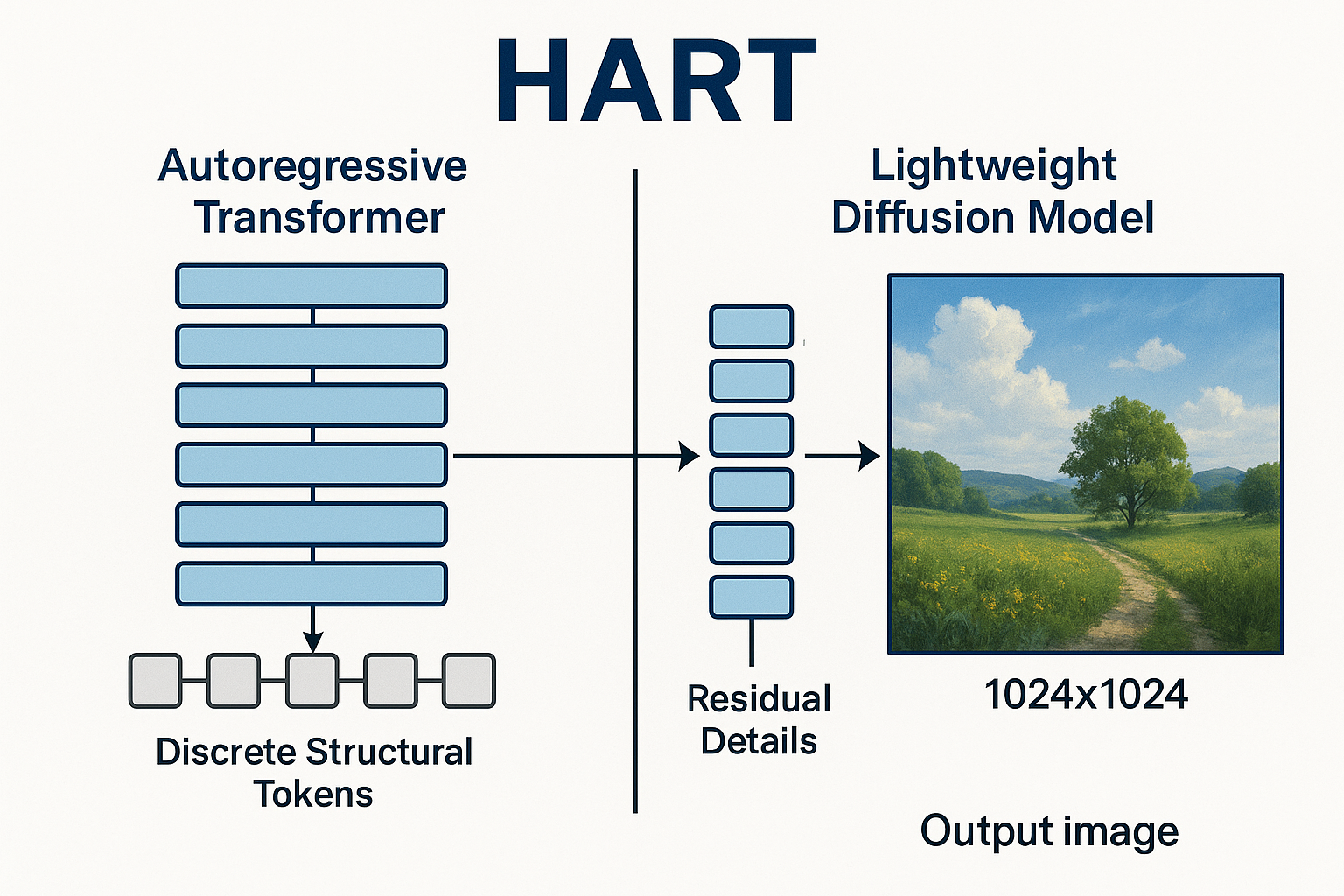
Imagine creating photorealistic images that are not only beautiful but generate nine times faster than current models. That's exactly what HART (Hybrid Autoregressive Residual Tokens) delivers, and it's changing the game in AI image generation.
The field of generative AI has long been dominated by two competing approaches: GANs (Generative Adversarial Networks) and diffusion models. HART takes a fresh approach by combining the best of both worlds into something entirely new.
What Makes HART Different?
Traditional hybrid approaches like VAE-GANs simply stack components together. HART, on the other hand, intelligently decomposes the image generation task in a novel way [1]. It combines a powerful autoregressive transformer with a lightweight diffusion component that handles the fine details.

Traditional VAE-GAN Approach
Traditional VAE-GAN models combine a Variational Autoencoder with a Generative Adversarial Network. This architecture suffers from training instability (mode collapse) and limited scalability for high-resolution images, making it challenging to generate detailed, photo-realistic content efficiently.
The HART Revolution
HART introduces a groundbreaking hybrid approach that decomposes images into discrete structural tokens and continuous residual components [1]. The structural elements are processed by a scalable autoregressive transformer, while fine details are handled by a lightweight diffusion module requiring only 37M parameters. This innovative architecture delivers 9.3× faster throughput than competing models while generating high-quality 1024×1024 images.

The model achieves a 31% lower FID score (5.38 vs 7.85) compared to discrete-only models on the MJHQ-30K benchmark [1]. In practical terms, this means images that look significantly more realistic to the human eye.
The Secret Sauce: Hybrid Tokenization
The core innovation of HART is its unique tokenizer that decomposes images into two components:
Discrete Structural Tokens
These capture the global structure and composition of the image, handled by the autoregressive transformer.
Continuous Residuals
These model the fine-grained details that make images look realistic, processed through a lightweight diffusion module.
Speed Revolution
This hybrid approach enables HART to generate images directly at 1024×1024 resolution thanks to innovative relative position embeddings [1]. Most impressively, it requires only eight diffusion steps compared to the 20-50 steps needed by comparable models. HART achieves a stunning 9.3× faster throughput than SD3-medium on an NVIDIA A100 GPU [1]. This speed advantage translates directly to practical applications, allowing creators to iterate more quickly and businesses to serve more users with the same hardware.
Real-World Applications
The efficiency and quality improvements that HART brings aren't just academic. They're opening new possibilities across multiple fields:
- Medical Imaging: HART's hybrid tokenization avoids the GAN-induced artifacts that could be problematic in diagnostic applications.
- Video Generation: The scalable-resolution AR transformer naturally extends to temporal sequences, making HART promising for video creation.
- On-Device Generation: The reduced computational requirements could bring high-quality image generation to smartphones and other consumer devices.
What's particularly exciting is how HART achieves a 6.9-13.4× reduction in multiply-accumulate operations (MACs) compared to diffusion baselines [1]. This efficiency gain means less energy consumption and lower carbon footprints for AI image generation.
Looking Forward
As HART technology matures, we can expect to see it integrated into creative tools, medical imaging systems, and content creation pipelines. Its architecture is also amenable to quantum-classical hybrid implementations, suggesting it has a long runway for future improvements [2].
The days of choosing between quality and speed in image generation may soon be behind us. With approaches like HART leading the way, we're entering an era where AI can create beautiful, detailed images in the blink of an eye.
The Bottom Line
By intelligently combining autoregressive and diffusive approaches, it achieves what neither could alone. And that might just be the blueprint for the next generation of AI systems across the board.
Metacognitive Reinforcement Learning for Self-Improving AI Systems
An exploration of how AI systems can monitor and enhance their own cognitive processes through metacognitive reinforcement learning mechanisms
Balancing Neural Plasticity and Stability
Exploring cutting-edge approaches to solving the stability-plasticity dilemma in AI systems through neural-symbolic integration, multimodal representation, and advanced memory mechanisms.
Discuss This with Our AI Experts
Have questions about implementing these insights? Schedule a consultation to explore how this applies to your business.